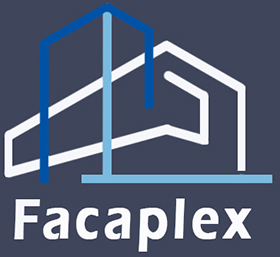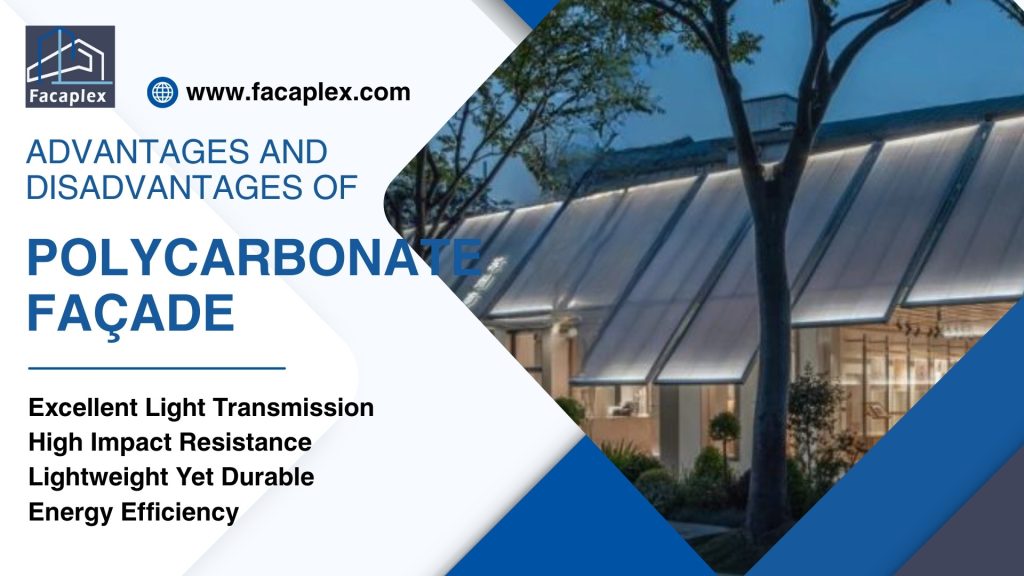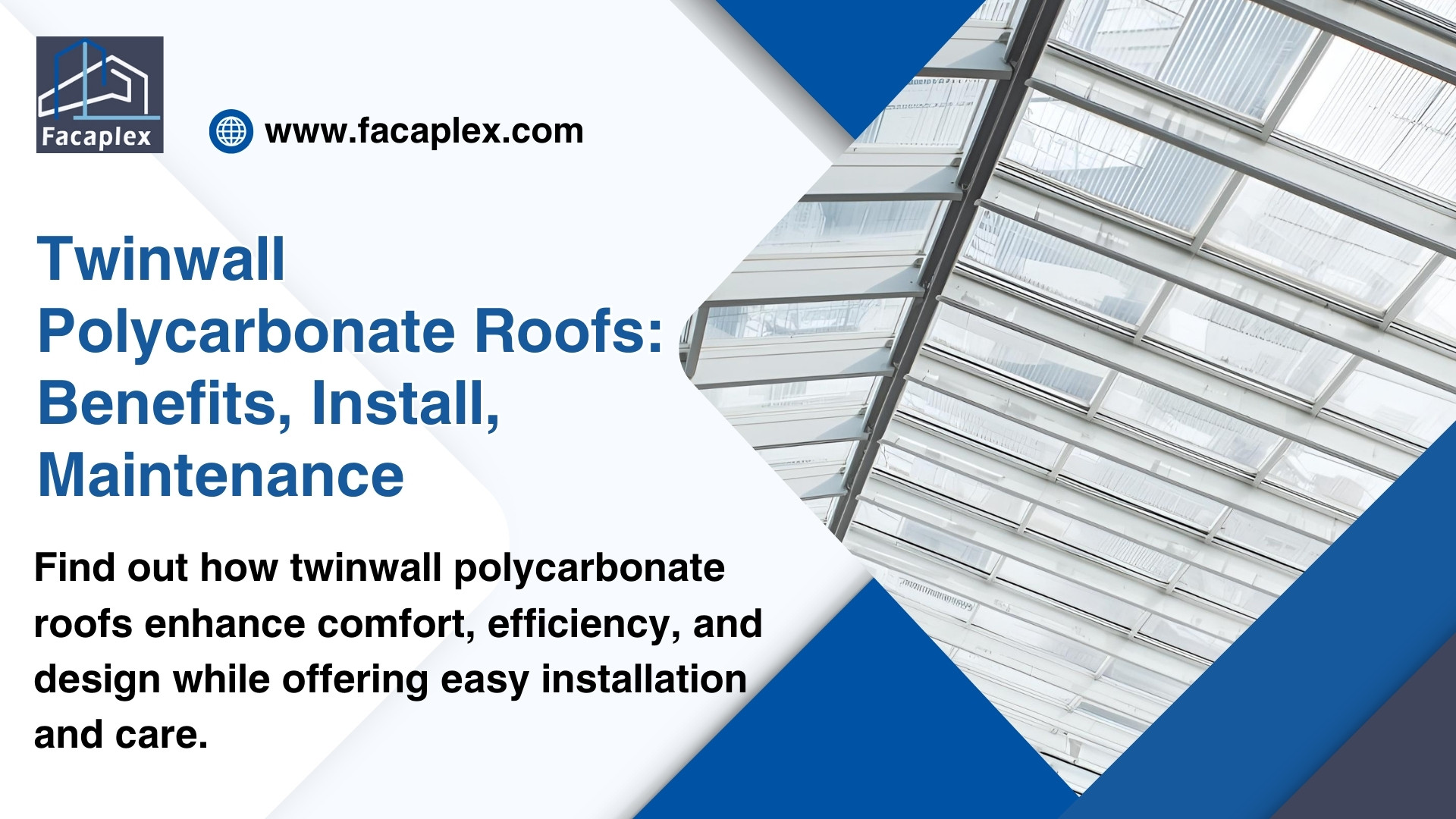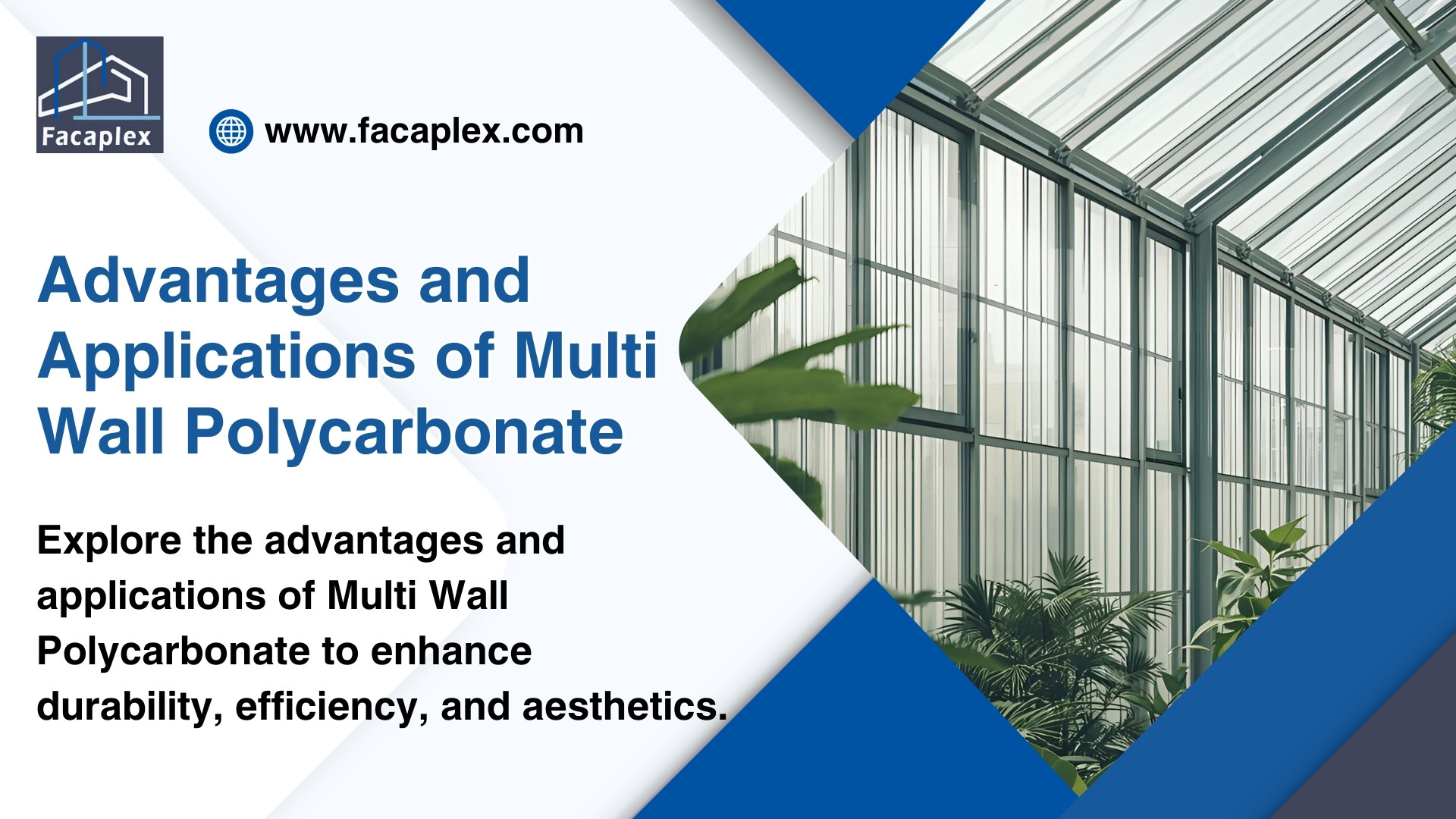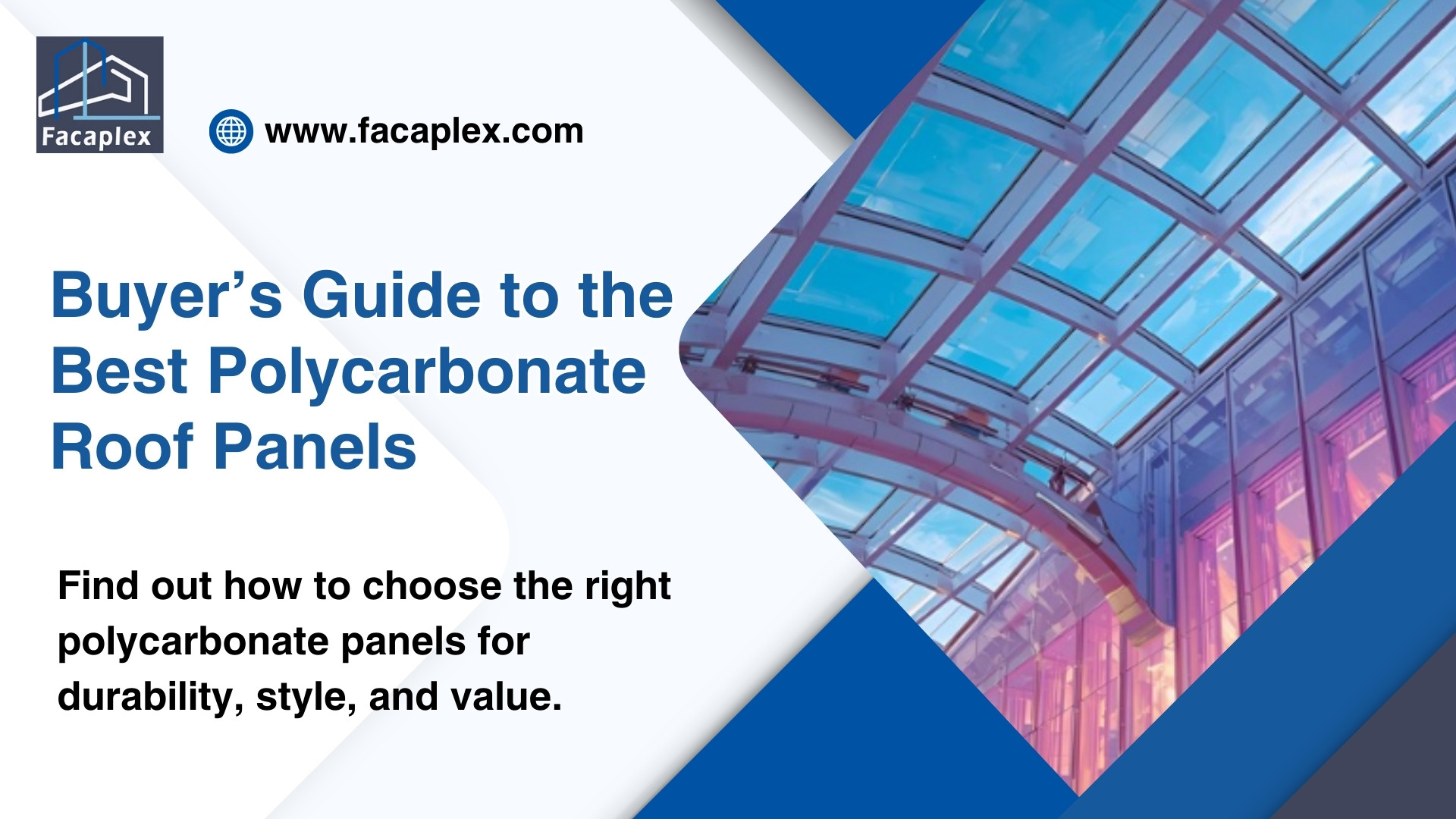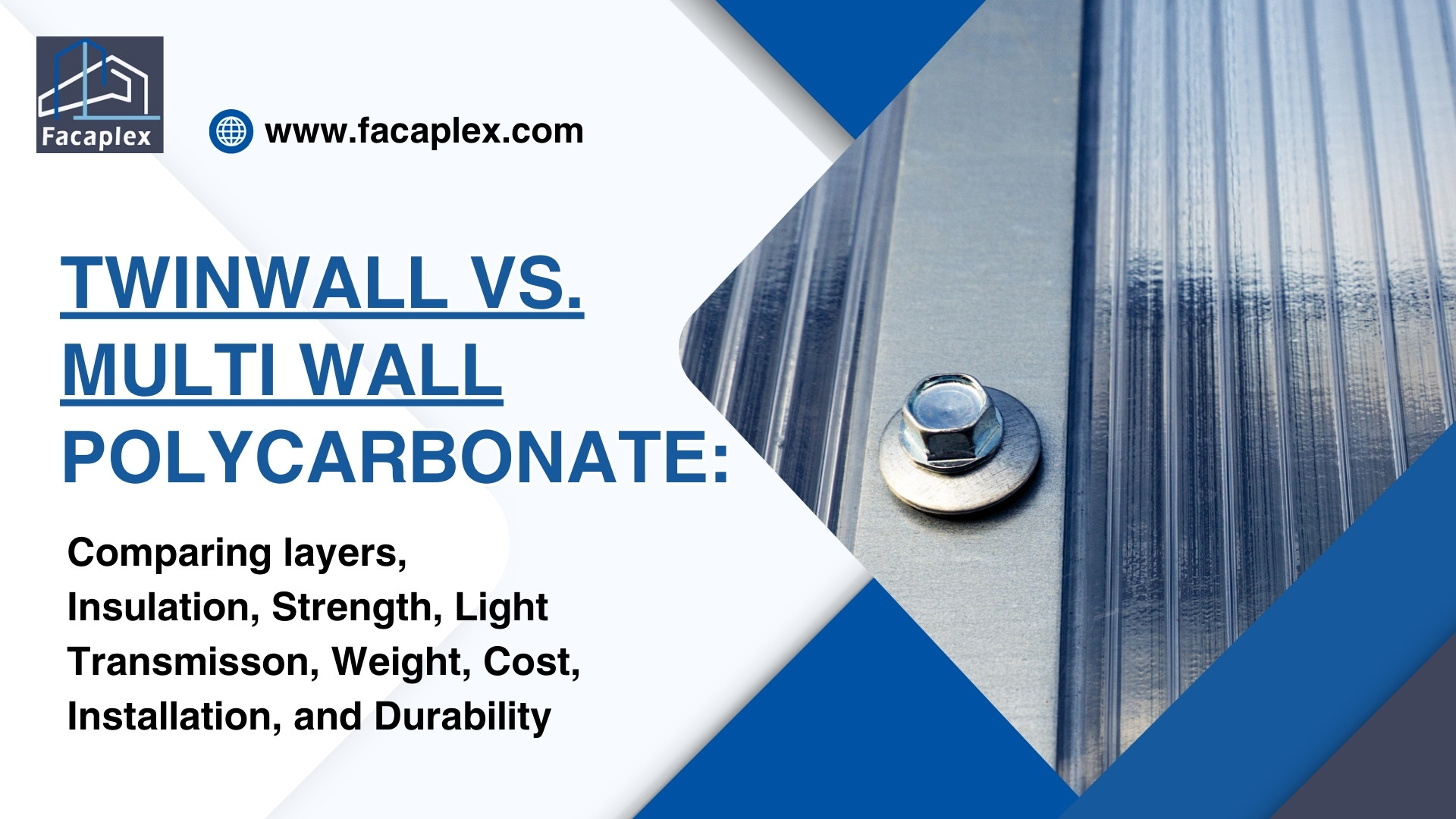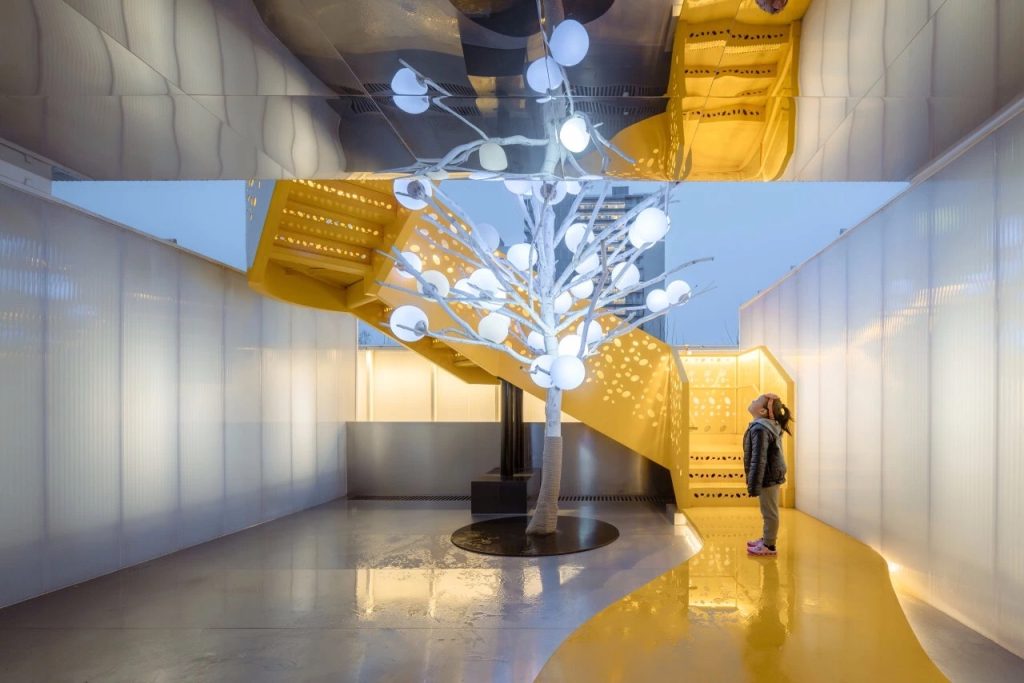In today’s architectural landscape, choosing the right façade material goes beyond simply covering a building’s exterior—it shapes its appearance, functionality, and long-term sustainability. Architects are constantly exploring materials that can balance strength, aesthetics, and energy efficiency while meeting modern design demands.
Among these options, polycarbonate façades have emerged as a compelling choice. Praised for their lightweight durability, impact resistance, and design versatility, they offer unique opportunities for innovation in both commercial and residential projects. Yet, like any material, polycarbonate comes with its own set of advantages and challenges—understanding these is essential for architects looking to make informed design decisions.
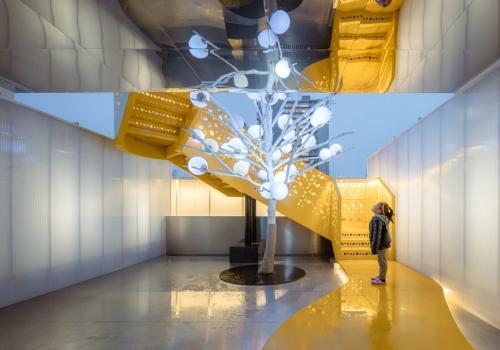
Polycarbonate Façade Advantages
Lightweight Yet Durable
Polycarbonate sheets weigh much less than traditional building materials. This lightweight quality allows architects to reduce the structural load on buildings. Durability remains high, so the polycarbonate façade can withstand daily use and environmental stress.
High Impact Resistance
Polycarbonate offers high impact resistance, making it suitable for areas with frequent weather changes. The material resists dents and cracks from hail, debris, or accidental contact. Polycarbonate sheets provide reliable protection in urban settings where impact resistance is essential.
Excellent Light Transmission
Polycarbonate sheets allow natural light to enter buildings, creating bright and welcoming interiors. This feature can significantly reduce the need for artificial lighting during the day, making spaces more energy-efficient.
By bringing in ample daylight, polycarbonate façades help interiors feel more open and spacious while promoting a comfortable and healthy environment for occupants. The even distribution of light enhances the overall ambiance, highlights design elements, and minimizes harsh shadows often caused by artificial lighting.
Energy Efficiency
Polycarbonate sheets provide good insulation. The material helps maintain indoor temperatures, which can lower heating and cooling costs. Weather resistance also supports energy efficiency by reducing drafts and leaks.
| Feature | Benefit for Architects |
|---|---|
| Durability | Long-lasting façade performance |
| Weather resistance | Withstands rain, wind, and sun |
| Impact resistance | Protects against damage |
Design Flexibility and Aesthetic Versatility
Polycarbonate sheets offer design flexibility. Architects can shape the polycarbonate façade into curves or angles. The material comes in many colors and patterns, allowing creative and unique building designs.
Polycarbonate Façade Cons

Susceptibility to Scratches
Polycarbonate sheets can scratch more easily than glass or metal. This is one of the main cons for architects who want a flawless appearance. Protective coatings help reduce scratches, but they may add to costs and maintenance.
UV Degradation Over Time
Exposure to sunlight can cause yellowing over time in polycarbonate sheets. This yellowing reduces light transmission and affects the building’s appearance. UV-resistant treatments slow down this process, but they do not stop it completely.
| Issue | Potential Drawbacks |
|---|---|
| Yellowing | Loss of clarity and color |
| UV exposure | Reduced durability |
Fire Resistance Limitations
Polycarbonate does not offer the same fire resistance as some other façade materials. Building codes may require extra treatments or barriers to meet safety standards. Architects must check local codes to avoid potential drawbacks related to fire safety.
Maintenance Needs
Polycarbonate façades need regular cleaning to maintain their appearance and performance. Dirt, water spots, and scratches can build up over time. Maintenance adds to long-term costs and affects the overall durability of the façade.
- Regular cleaning prevents yellowing and water intrusion.
- Maintenance schedules help avoid warping and loss of insulation.
Potential for Thermal Expansion
Polycarbonate sheets expand and contract with temperature changes. This thermal movement can cause warping or gaps if not managed during installation. Architects must plan for these potential drawbacks, especially in regions with extreme weather.
Other potential drawbacks include variability in quality between different polycarbonate products. Some sheets may have higher costs compared to fabric awnings, especially when advanced coatings or thicker panels are required. Weather conditions, such as heavy rain or strong sun, can also impact the long-term durability and performance of polycarbonate façades.
Key Considerations
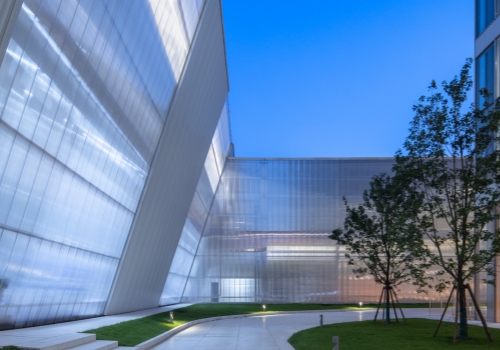
Polycarbonate Selection
Architects must select between solid and multiwall polycarbonate sheets for each project. Solid sheets provide higher impact resistance and a glass-like appearance. Multiwall sheets offer better insulation and lower weight, which can reduce the structural load.
Project type and climate play a big role in this choice. For example, solid polycarbonate sheets work well in areas with high risk of impact. Multiwall sheets suit projects that need more energy efficiency.
Protective Coatings
Coatings can extend the lifespan of polycarbonate sheets. UV-resistant coatings help prevent yellowing and reduce environmental impact. Scratch-resistant treatments keep the surface clear and attractive.
Architects should consider the cost of these coatings. Some projects may need extra treatments to meet code compliance or withstand harsh weather. Proper coatings also make maintenance easier and help avoid disposal challenges later.
Sustainable Design
Sustainability matters in modern architecture. Polycarbonate sheets can lower energy use, but their environmental impact depends on production and disposal. Responsible disposal strategies reduce waste and support green building goals.
Disposal challenges arise because polycarbonate is not always easy to recycle. Architects should plan for responsible disposal strategies at the end of the façade’s life. A lifecycle assessment helps identify environmental impact and disposal challenges early in the design process.
| Consideration | Impact on Project |
|---|---|
| Polycarbonate type | Affects strength and insulation |
| Coatings | Improves durability and clarity |
| Disposal strategies | Reduces environmental impact |
Polycarbonate façades offer architects benefits like durability, light weight, and design flexibility. However, they also present challenges such as scratching, yellowing, and fire resistance limits. Each project requires careful evaluation.
Checklist for Architects:
- Assess climate and weather exposure.
- Review building codes for fire safety.
- Compare solid vs. multiwall options.
- Plan for maintenance and cleaning.
- Consider environmental impact.
Conclusion
In conclusion, a polycarbonate façade offers numerous advantages for modern architecture, combining lightweight yet durable construction, high impact resistance, and excellent light transmission. Its energy efficiency and insulation properties contribute to lower heating and cooling costs, while its design flexibility allows for curved façades, diverse colors, and unique patterns, enhancing both aesthetics and functionality.
However, architects should also consider potential drawbacks. Polycarbonate façades can be susceptible to scratches, UV degradation, and fire resistance limitations, requiring proper protective treatments and compliance with building codes. Maintenance, cleaning, and allowances for thermal expansion are important to ensure long-term performance. Overall, with careful planning and material selection, a polycarbonate façade can be a cost-effective, sustainable, and visually striking solution for residential, commercial, and industrial projects.
